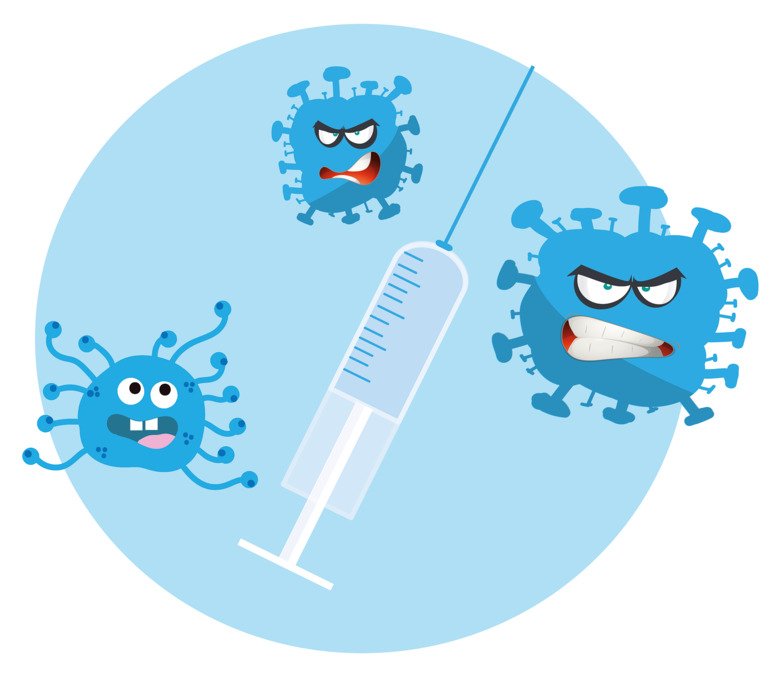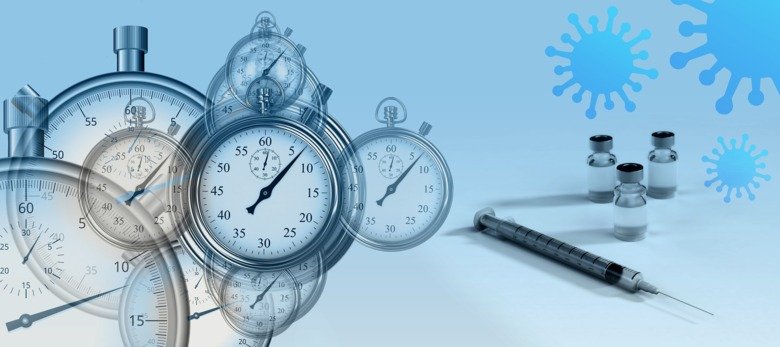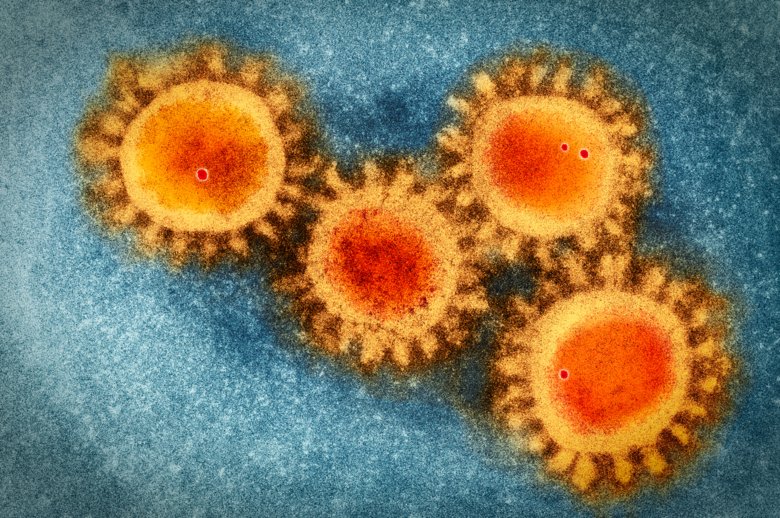New to the vaccine gang
The new mRNA vaccines are super smart inventions but so are old vaccines. Several different vaccine types are important in the fight against diseases such as covid-19.

Text: Ola Danielsson, the article is produced for the magazine Medicinsk Vetenskap No. 1/2021.
The DNA vaccine
Consists of a piece of circular DNA from the virus and works by the DNA controlling the production of a protein unique to the virus. The immune system perceives the protein as foreign and begins to form antibodies against it. The vaccine can be manufactured by inserting the current genetic sequence into bacteria that is cultivated.
Advantages: Flexible, can be developed quickly.
Disadvantages: Gaining access to the cell nucleus is complicated.
Used against: Nothing yet approved for humans.
The RNA vaccine
Consists of mRNA molecules in a nanobubble of fat molecules and works through the mRNA controlling the production of a protein that is unique to the virus. The immune system perceives the protein as foreign and begins to form antibodies against it. Factory production starts with the production of DNA (similar to that of DNA vaccines), which is then converted into RNA.
Advantages: Flexible, can be developed quickly.
Disadvantages: Sensitive to store.
Used against: Covid-19.
Virus vector vaccine
Like the mRNA and DNA vaccine, it contains genetic instructions for a protein. But the gene has been put into a weakened virus. The virus infects the body's cells, where the gene can produce the desired protein, which in turn triggers an immune response.
Advantages: Provides an immune response that also in addition to antibodies often includes T cells that can kill viruses.
Disadvantages: Becomes less and less effective with each vaccination because the immune system recognizes the virus.
Used against: Ebola.

Live vaccine
Consists of a weakened version of the disease-causing virus. Can be manufactured by allowing a virus to pass repeatedly through cells from another animal species, such as chicken egg cells. For each round of culture, the virus becomes a little more adapted to the chicken cells and less adapted to human cells, but it can still multiply in our body and activate our immune system.
Advantage: Effective. Similar to the natural pathogen and provides a strong immune response, often long immunity.
Disadvantage: There may be a risk that the vaccine will cause disease, even if it is a very small risk.
Used against: Mumps, measles, yellow fever, polio.
Virus-like particles
Consists of an empty particle that expresses several proteins on the surface so it resembles a virus.
Advantage: A safe alternative to live vaccines. Since the particle contains no genetic material, it cannot reproduce, but the immune system reacts strongly to it. Produces a strong antibody response.
Used against: HPV, Hepatitis B.
Of all the vaccines, this is one of my favourites. Exciting techniques are used to make them where a lot of precision can be achieved. The vaccines that are approved work very well and we will probably see other vaccines, including sars-cov-2 vaccines, based on this in the near future.
Inactivated vaccines
Consists of a disabled, killed, version of the virus. Some vaccines consist of inactivated toxins from bacteria. Production begins with the killing of viruses with heat or chemicals.
Advantage: Safe.
Disadvantage: Does not provide as good immunity as a live vaccine. Multiple doses are needed.
Used against: Hepatitis A, influenza, TBE, rabies, polio.
Subunit protein vaccine
Consists of a small part of a virus, often a protein on the surface of the virus, which the immune system can recognize as foreign. Produced using cultured bacteria or cells and often combined with an adjuvant, a substance that enhances the immune effect.
Advantage: Safe and often stimulates strong antibody response.
Disadvantage: Can be more challenging to produce correctly and for large-scale production. Does not provide as good immunity as a live vaccine. Multiple doses are needed.
Used against: Pertussis Pneumococcus, shingles and others.
Sources: The Swedish Medical Products Agency, Gavi, Matti Sällberg, Karin Loré
The article was first published in Swedish on ki.se in January 2021, the images are downloaded from Pixabay (public domain).
More reading
 Photo: Public Domain
Photo: Public DomainCurious about mRNA vaccines
The very first vaccines against the new corona virus are a breakthrough on several levels. Not only were they developed extremely fast, they are based on new technology whereby the vaccine primes the body’s immune system.
 Photo: Getty images
Photo: Getty imagesCurious about viruses
Some viruses make us sick, others are harmless stowaways, and some play an important part in our ecosystems. They can also be used for medical purposes and possibly as a weapon against multi-resistant bacteria.
